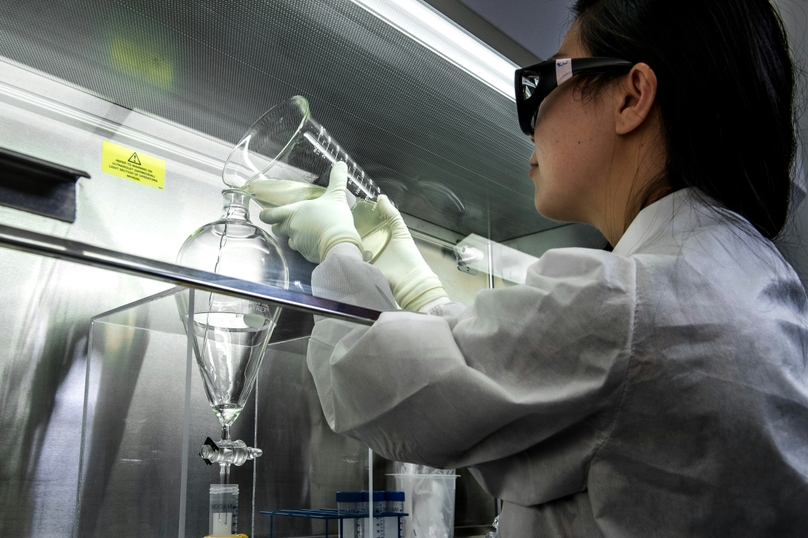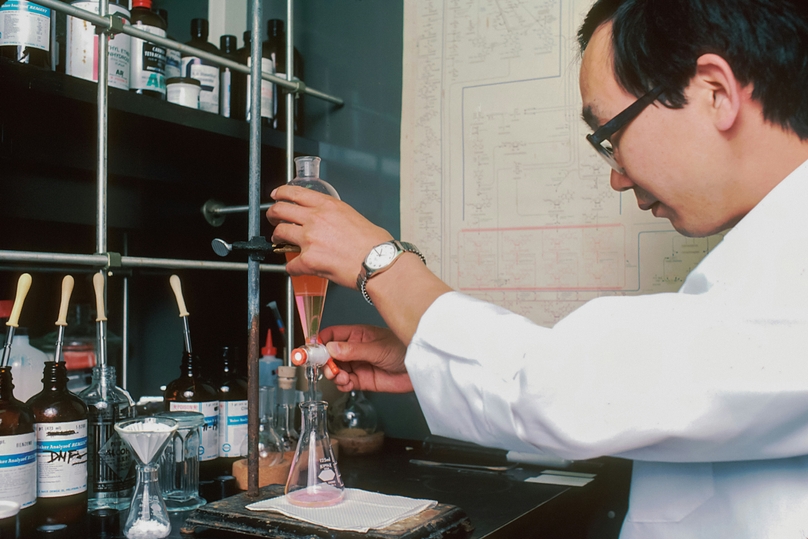The polymerase chain reaction (PCR) stands as a cornerstone technique. Yet, a common challenge faced during PCR is the formation of primer dimers, which can significantly hinder the efficiency and accuracy of the reaction. Primer dimers are short oligonucleotides formed when primers anneal to each other instead of to the target DNA, leading to nonspecific amplification. This can result in decreased yield of the desired product and can complicate subsequent analysis. To address this, researchers adopt various strategies like careful primer design, optimization of annealing temperatures, and the use of hot-start PCR. These approaches aim to enhance the specificity of the reaction, ensuring that primers bind only to the intended target sequences, thus minimizing the formation of primer dimers.
Genemod's Role in Enhancing PCR Efficiency
Genemod steps into this scenario as a game-changer for biopharma research teams. Our platform offers user-friendly design tools for sequence editing, which are instrumental in crafting primers with high specificity. This reduces the likelihood of primer dimer formation, streamlining the PCR process. Additionally, Genemod's solutions for automating experiments and inventory management significantly boost productivity, allowing scientists to focus on their core research. By improving collaboration among teams, Genemod accelerates life sciences R&D, ensuring that the focus remains on innovation and discovery, rather than on the minutiae of experimental setup and resource management.
Understanding Primer Dimers: What Are They?
Primer dimers are short, double-stranded DNA fragments that can form during the early cycles of PCR amplification. They arise when the primers designed for the PCR reaction anneal to each other instead of binding to the target DNA template. Primer dimers can negatively impact PCR results by reducing the efficiency of target amplification and generating nonspecific products. Understanding the nature of primer dimers is fundamental for researchers aiming to optimize their PCR experiments and achieve accurate and reproducible results.
Common Causes of Primer Dimer Formation
Several factors contribute to the formation of primer dimers in PCR reactions. One key factor is the presence of complementary regions within the primers themselves, leading to self-annealing. High primer concentrations, low annealing temperatures, and the use of suboptimal primer design practices can exacerbate this issue. Contaminants, such as residual DNA or impurities in the reaction mix, can also promote primer dimer formation.
Importance of Minimizing Primer Dimer Formation
Minimizing primer dimer formation is of paramount importance in PCR optimization for several reasons. First and foremost, excessive primer dimers can lead to inaccurate quantification and misinterpretation of experimental results. This can have significant repercussions for research outcomes and may impede collaboration with other scientists. Additionally, the presence of primer dimers can reduce the efficiency of target amplification, affecting the sensitivity and specificity of PCR assays. Researchers seeking to streamline their experiments and achieve consistent, reliable results must prioritize minimizing primer dimer formation. By employing effective strategies, such as primer design improvements, optimization of PCR conditions, and rigorous quality control measures, scientists can enhance their PCR experiments, manage inventory efficiently, and contribute to collaborative efforts in the field of life sciences R&D.
Strategies to Optimize PCR and Minimize Primer Dimer
Efficient PCR amplification with minimal primer dimer formation is crucial for accurate and reproducible results in molecular biology research. Several strategies can be employed to optimize PCR and reduce the occurrence of primer dimers. One key approach is the careful design of primers to avoid self-complementarity or complementarity to each other. Utilizing primer design software tools can assist researchers in selecting appropriate primer sequences.
Additionally, optimizing annealing temperatures and PCR cycling conditions is essential. By adjusting annealing temperatures, researchers can promote specific target binding while discouraging primer dimer formation. Furthermore, using hot-start polymerases, which remain inactive until a specific temperature is reached, can minimize primer dimer formation during the initial stages of PCR. Regularly monitoring and maintaining the quality of reagents, including primers and polymerases, is also critical.
Good laboratory practices, such as proper pipetting techniques and stringent contamination control, contribute to reducing primer dimer formation. By implementing these strategies, researchers can optimize their PCR experiments, enhance research collaboration, and streamline the overall research process.
Advanced Techniques to Reduce Primer Dimer
In the quest to reduce primer dimer formation, researchers can employ advanced techniques that offer greater specificity and accuracy in PCR. One such technique is the use of high-resolution melting analysis (HRM), which enables the differentiation of specific target amplification from primer dimer products. HRM relies on monitoring the changes in fluorescence as DNA melts, providing insight into the presence of primer dimers.
Additionally, allele-specific PCR or allele-specific amplification methods can be employed to amplify the target sequence while minimizing primer dimer formation selectively. These techniques involve the design of primers that specifically bind to the target allele and not to potential dimer-forming sequences. Another advanced approach is the utilization of modified bases in primers, such as locked nucleic acids (LNAs) or peptide nucleic acids (PNAs), which enhance primer specificity and reduce self-complementarity. By incorporating these advanced techniques into their PCR experiments, researchers can elevate the accuracy and reliability of their results, further contributing to the advancement of life sciences R&D.
Boost Your Research with Genemod
Step into the future of biopharma research with Genemod. We provide tailored solutions to streamline your PCR experiments, minimize primer dimer issues, and enhance overall productivity. Our user-friendly design tools for sequence editing and automated inventory management systems are designed to empower biopharma teams, startups, academia, and R&D professionals. Join us in transforming the landscape of life sciences R&D, where your focus can remain on groundbreaking research, free from the constraints of operational challenges. Choose Genemod and experience the synergy of innovation and efficiency in your research endeavors.















